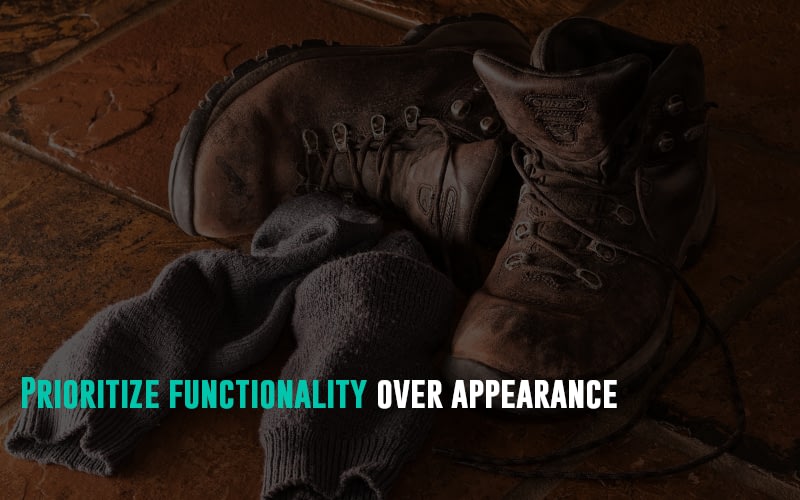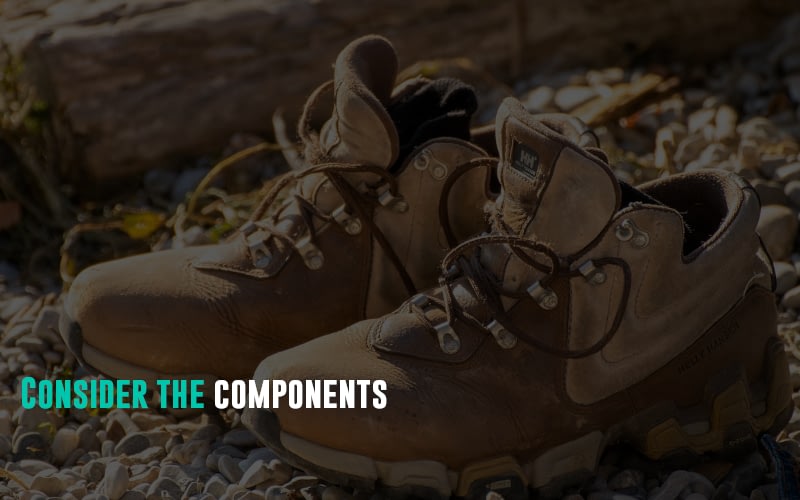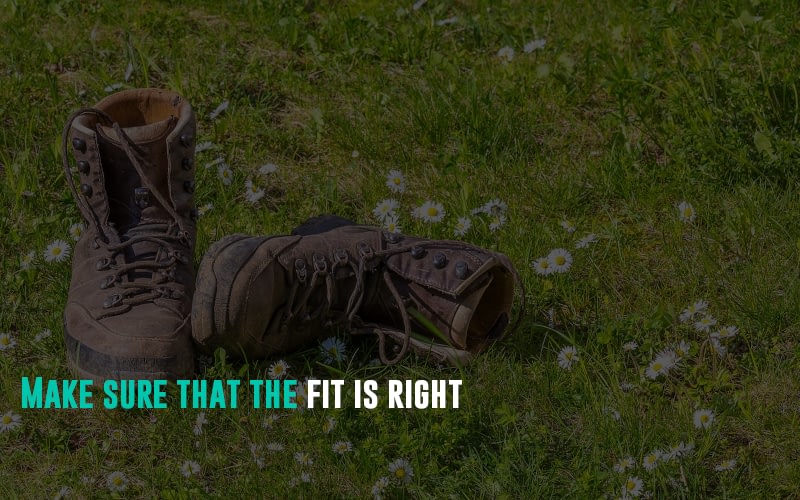Hiking is an incredibly liberating and rejuvenating activity. However, it can get quite stressful if your footwear isn’t proper. For instance, if you’re hiking on a snowy trail, you wouldn’t want to wear super slippery shoes. But how do you pick the hiking shoes that suit you and your hike? To know the answers to this question, read on.
Featured Image Source
Prioritize functionality over appearance
When you buy hiking boots, it’s essential to look beyond the appearance of the boots. After all, what good is a good-looking pair of hiking boots if it doesn’t make you feel comfortable out in the wild? In addition, you should always remember the type of hike you’re buying the boots for. For example, if you’re buying them for a day hike, you can wear lightweight hiking boots. However, if it’s a multi-day trek, day hiking boots wouldn’t suffice, and you should choose backpacking boots, which are heavy, supportive, and durable.
Consider the components
Every hiking boot is made from various components – uppers, midsoles, internal support, and outsoles.
Uppers are typically split-grain leather, full-grain leather, synthetics, nubuck leather, vegan, waterproof membranes, insulation, and vegan. Split-grain leather is affordable, but it’s not abrasion-resistant and waterproof. On the other hand, full-grain leather is waterproof and offers abrasion resistance. Synthetics are high on affordability but low on durability. Nubuck leather is similar to full-grain leather but requires time to break in before a multi-day hike.
Vegan hiking boots are made without using any animal byproducts or ingredients. Hiking boots with waterproof membrane uppers are ideal for wet and snowy terrain, as they keep the feet dry. However, they may cause the feet to sweat excessively in dry conditions. Synthetically insulated uppers are suitable for keeping the feet warm in snowy terrain.
Midsoles are typically made from either polyurethane or EVA. Polyurethane is more durable, firmer, and best for extended mountaineering or backpacking trips. EVA is cost-effective and comparatively lighter and cushier.
Either plates or shanks provide hiking boots’ internal support. Both are types of inserts – shanks have 3 – 5 mm thickness and are sandwiched between the outsole and the midsole. Shank inserts are ideal when carrying heavy loads. On the other hand, Plate inserts are suitable for protecting the feet in uneven terrain.
All outsoles are made from rubber. However, some hiking boots’ outsoles may also feature carbon additives. Carbon boosts hardness and offers more in terms of durability. In addition, outsoles feature heel brakes and lug patterns. Heel brakes come in handy during steep descents and reduce the chances of sliding. Lug patterns improve grip.
Keep the cuts in mind
Hiking boots are available in three cuts – low-cut, mid-cut, and high-cut.
Low-cut hiking boots are ideal for casual hikes on well-maintained trails. However, they aren’t appropriate for rough terrain, leaving the ankles vulnerable to injuries.
If you want greater ankle support, wearing mid-cut hiking boots is best. They prevent ankle injuries from contacting debris on the hiking trail.
For the best in ankle support and balance, high-cut hiking boots are the perfect option for adventurous hikers who like to veer off the trail occasionally.
Make sure that the fit is right
Last but not least, after considering all the options, you should take the time necessary to ensure that your preferred pair of boots fits well. Of course, some hiking boots require some time to break in. However, the overall feel of the boots should be comfortable.
You should steer clear of boots that make your heels feel as if they are ‘floating.’ This sensation can result in blisters, especially if you go on a multi-day hike. Ideally, the heel should stay in place, and the boot should be snug around your feet’s balls.
Additionally, when buying hiking boots, you should try the boots on while wearing socks. If you try them on without socks, the fit might feel right. However, when wearing socks, the same boots may feel excessively tight.
Conclusion
When planning your next trip that involves hiking or trekking, make sure you’re buying the right hiking boots, or you’ll quickly learn that you’ll regret it. Find trips with the best hiking trails by exploring itineraries centered around great hikes.





